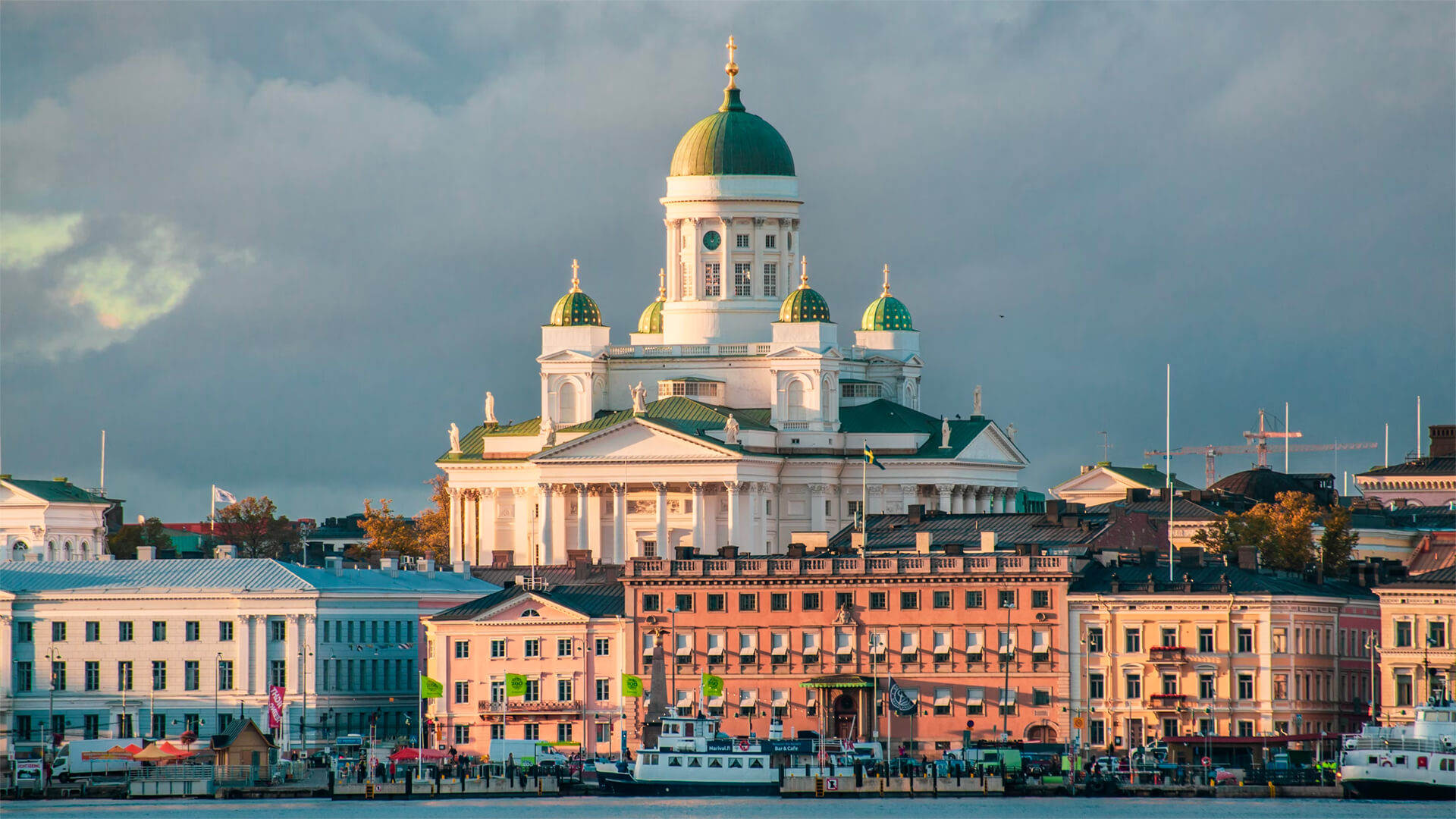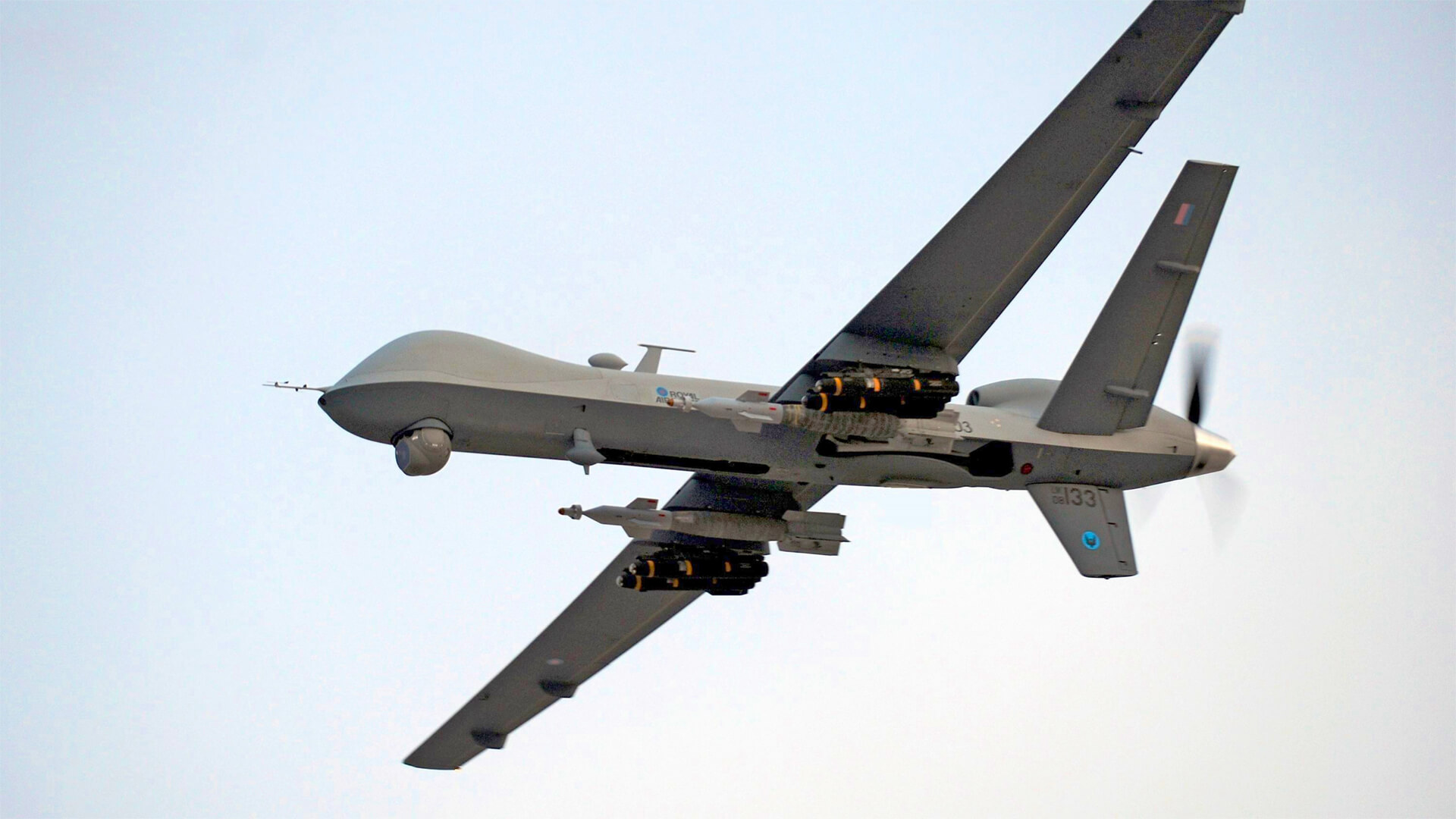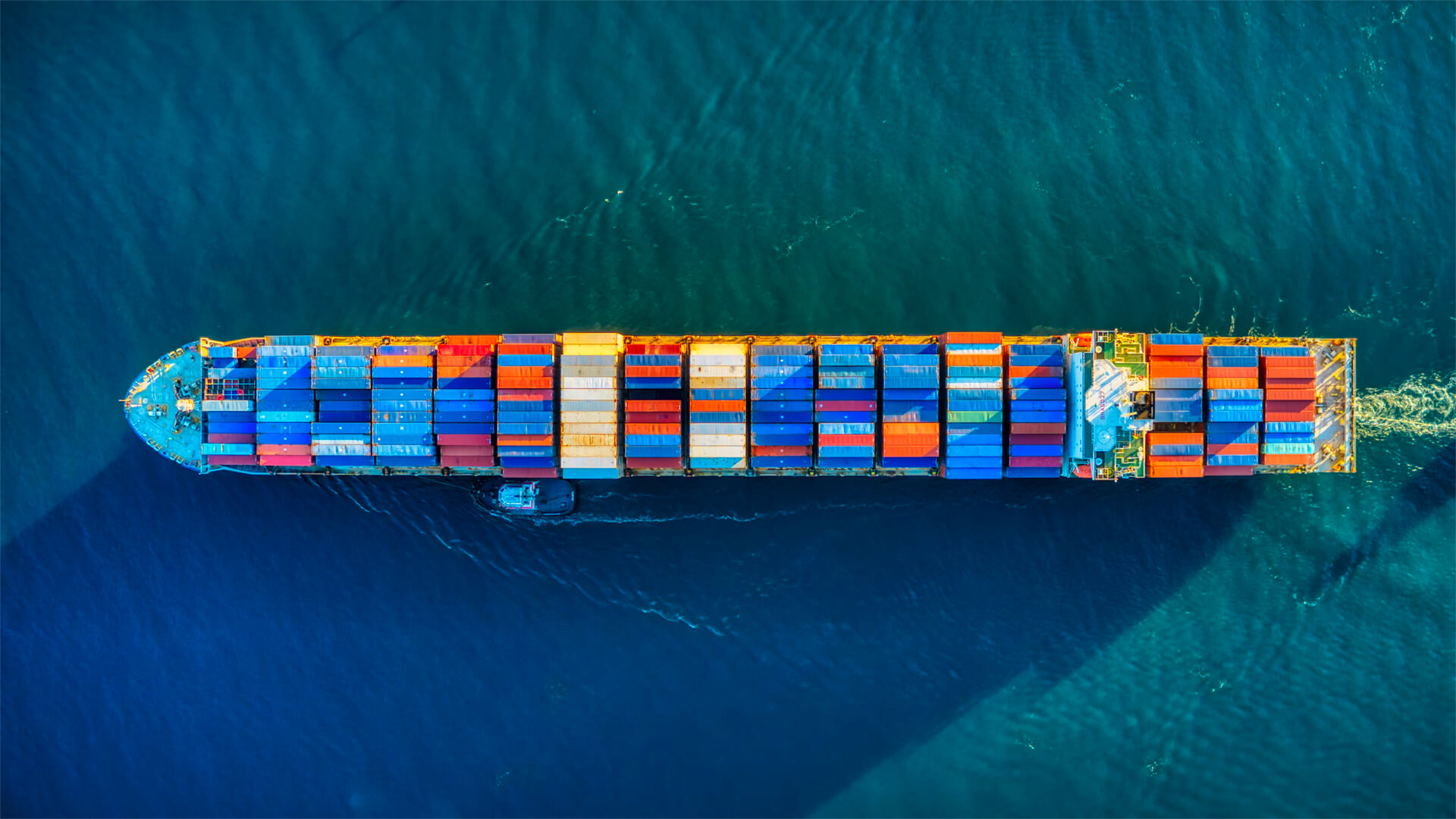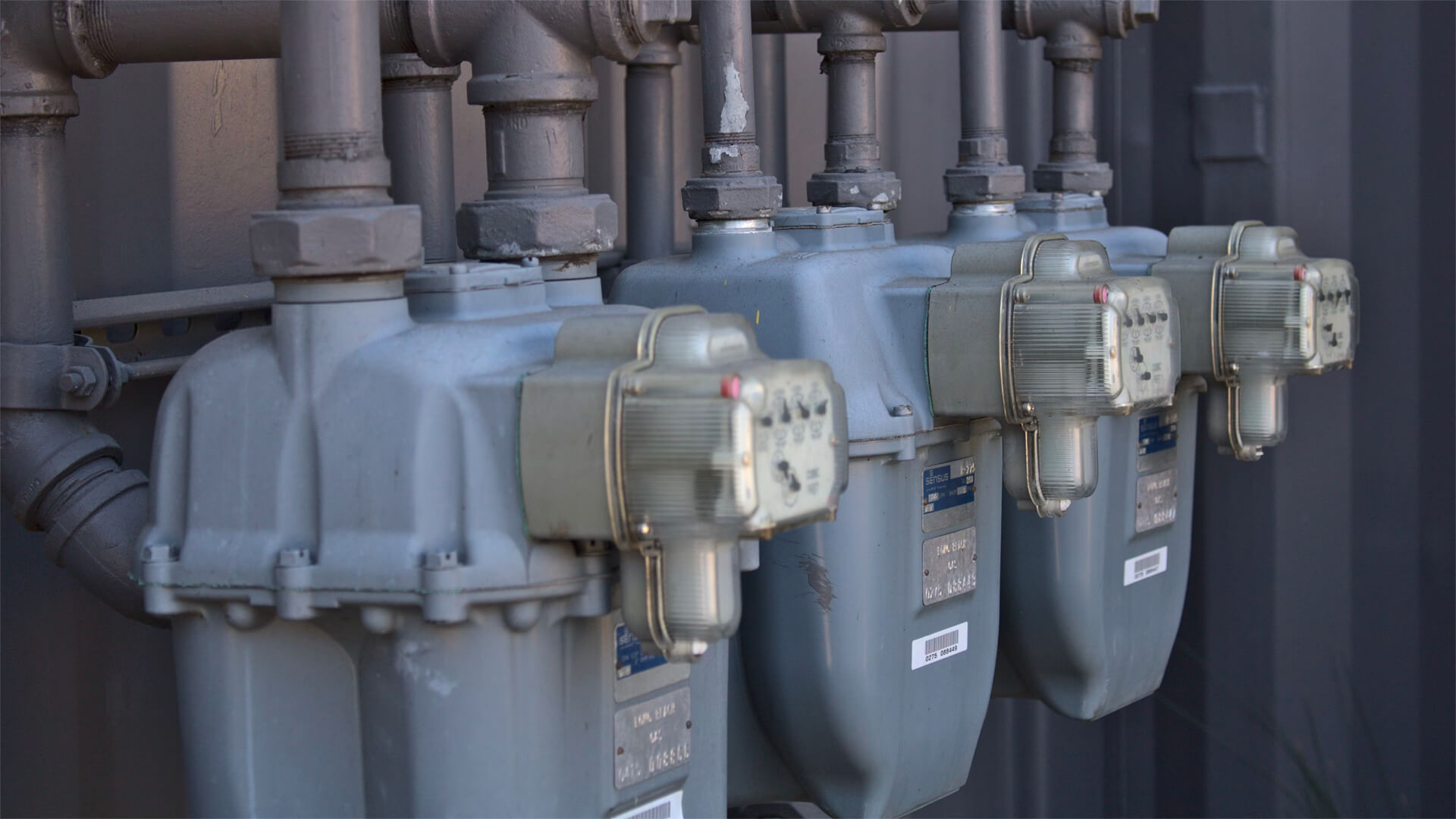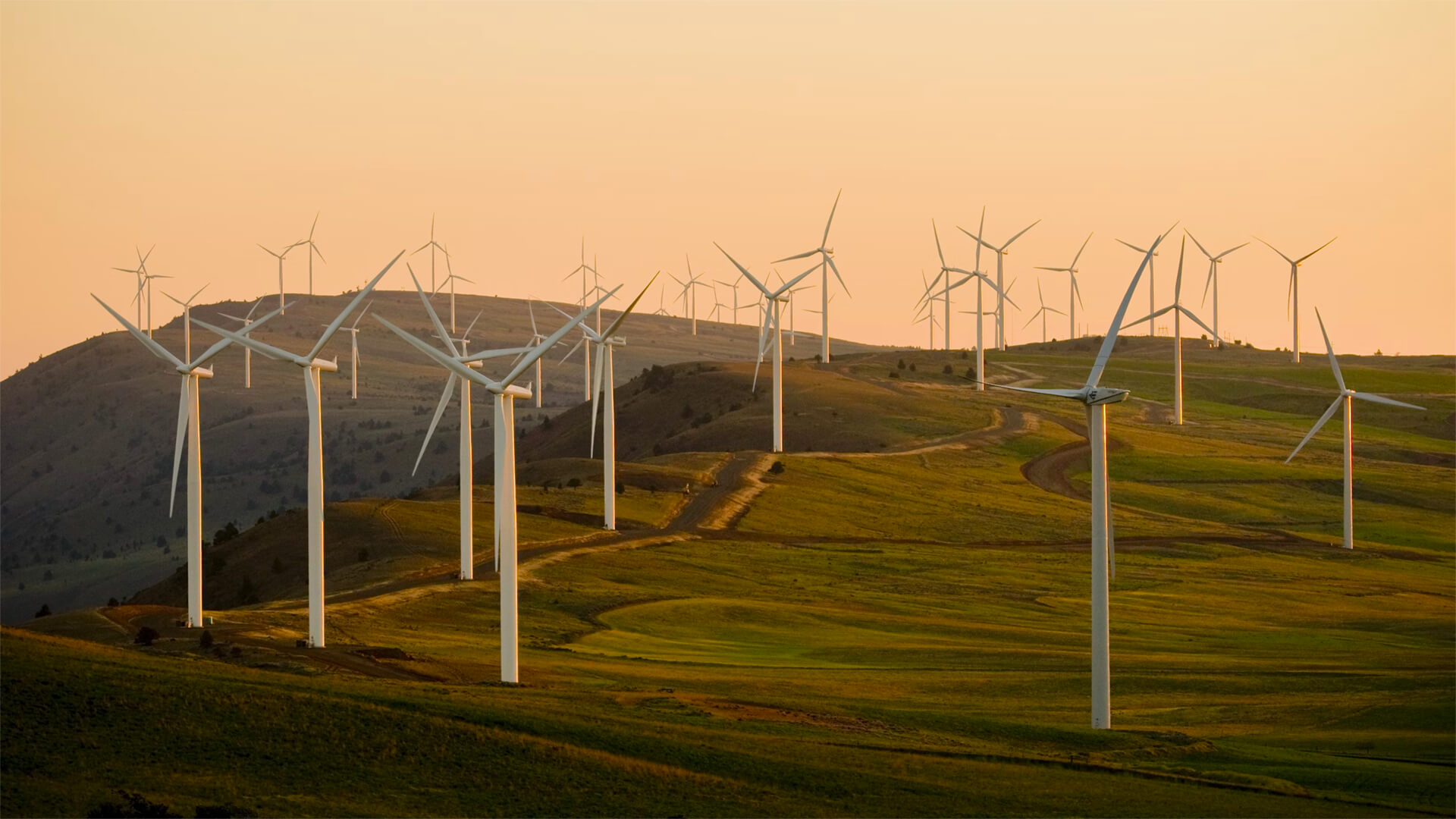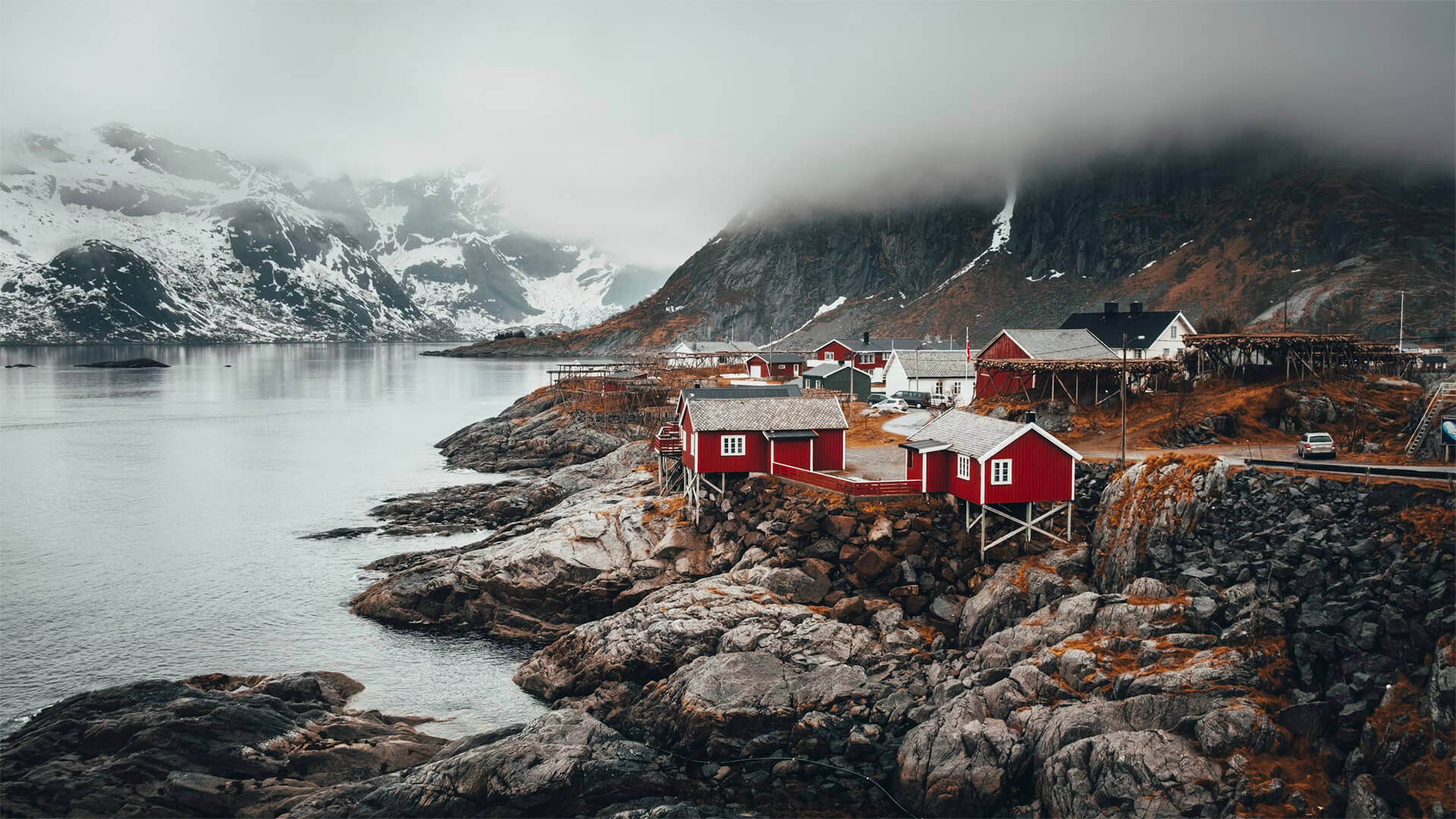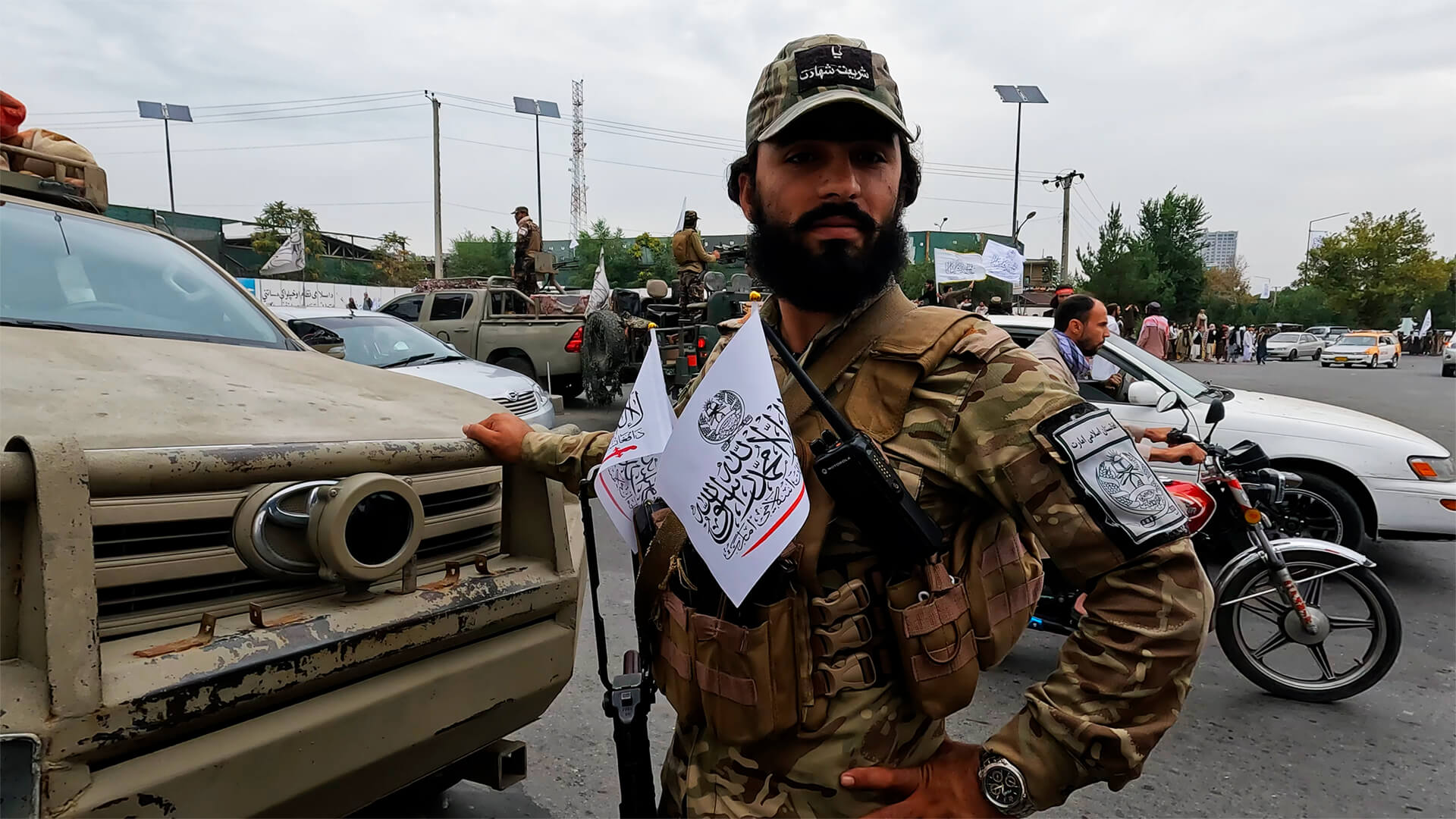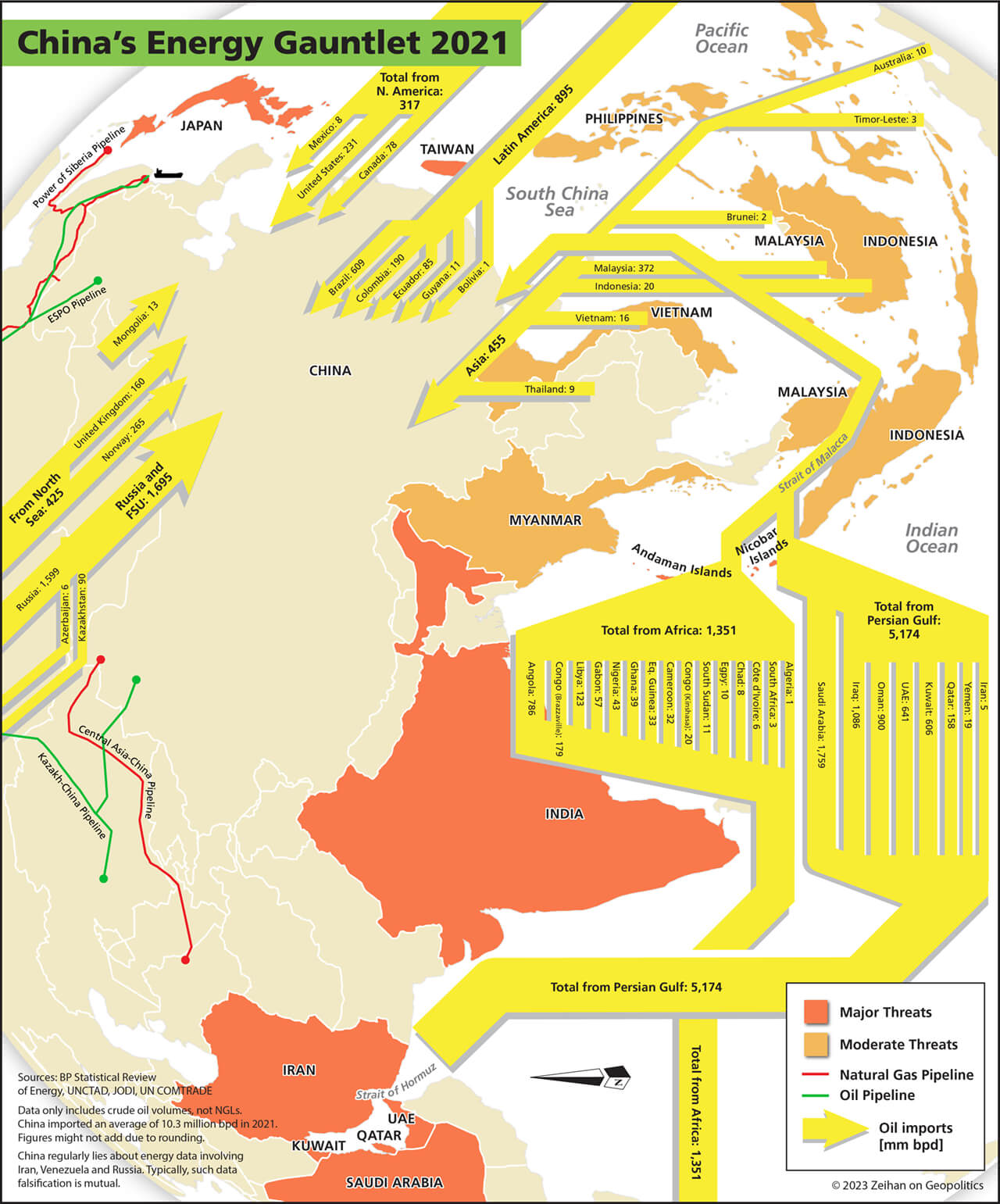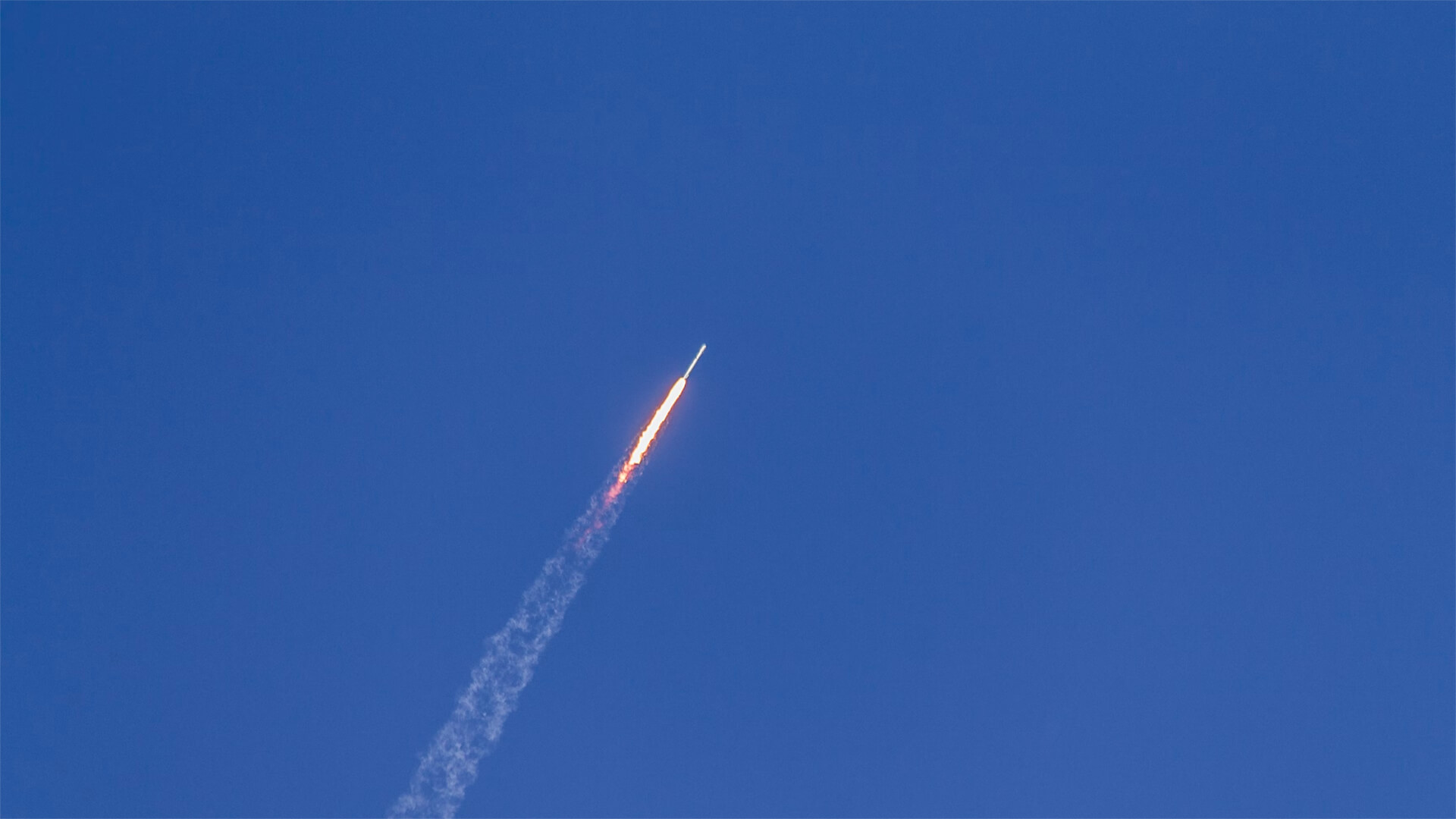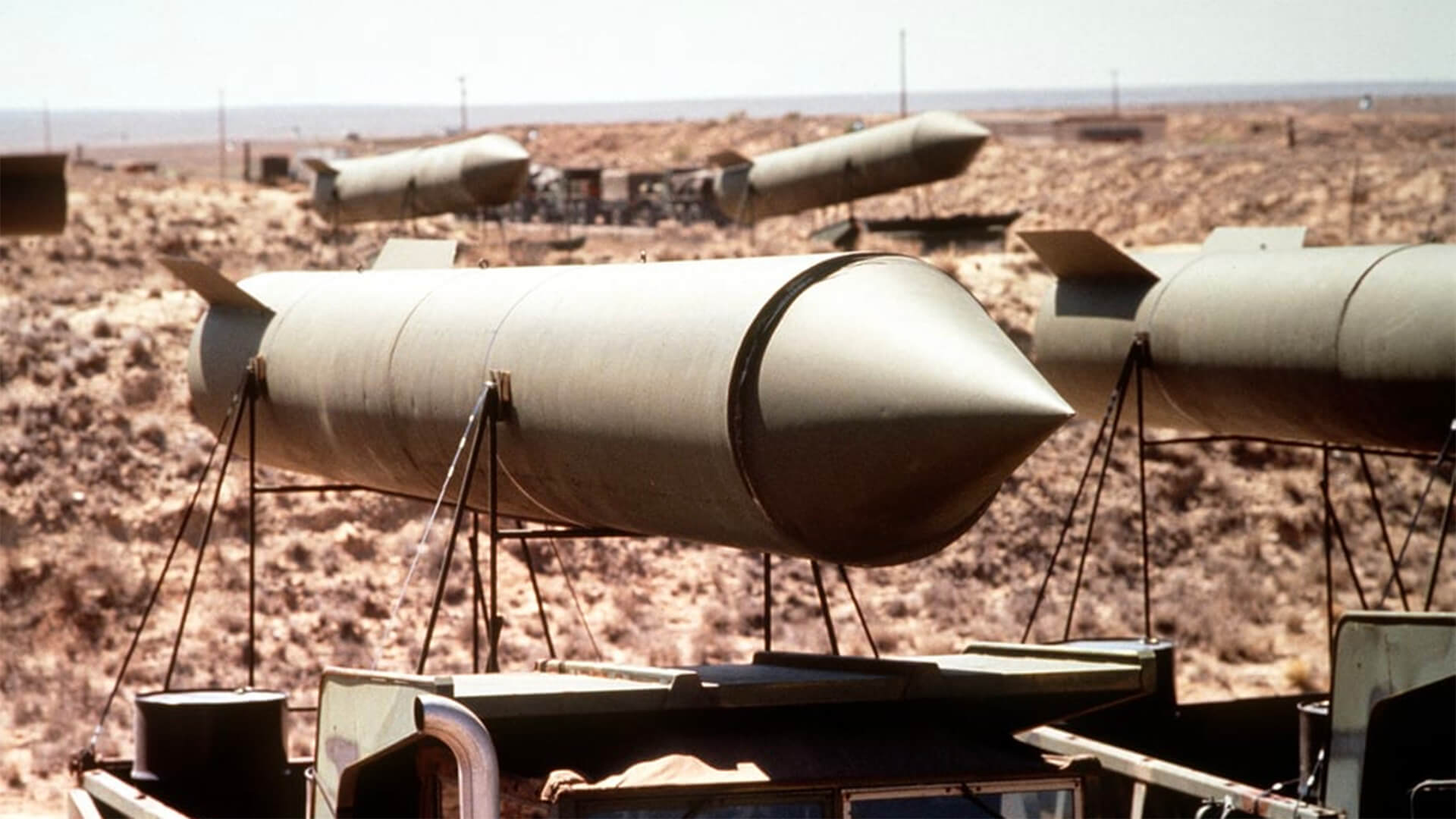Finnish politics are not something that often make the headlines, but with a marked shift away from “Finlandization” (when a smaller country remains neutral to appease a larger and more powerful neighboring country) comes some unfamiliar coverage.
Finland has become one of the largest and most assertive supporters of Ukraine, both materially and diplomatically. The most recent presidential elections reflect these anti-Russian sentiments, with candidates competing to take the strongest stance on large ticket items like security issues and more nuanced issues like revoking Finnish citizenship for Russian-Finnish citizens.
This election is just a glimpse at the complexities of Russian relations within Eastern European countries and a signal of what might be coming…
Here at Zeihan On Geopolitics we select a single charity to sponsor. We have two criteria:
First, we look across the world and use our skill sets to identify where the needs are most acute. Second, we look for an institution with preexisting networks for both materials gathering and aid distribution. That way we know every cent of our donation is not simply going directly to where help is needed most, but our donations serve as a force multiplier for a system already in existence. Then we give what we can.
Today, our chosen charity is a group called Medshare, which provides emergency medical services to communities in need, with a very heavy emphasis on locations facing acute crises. Medshare operates right in the thick of it. Until future notice, every cent we earn from every book we sell in every format through every retailer is going to Medshare’s Ukraine fund.
And then there’s you.
Our newsletters and videologues are not only free, they will always be free. We also will never share your contact information with anyone. All we ask is that if you find one of our releases in any way useful, that you make a donation to Medshare. Over one third of Ukraine’s pre-war population has either been forced from their homes, kidnapped and shipped to Russia, or is trying to survive in occupied lands. This is our way to help who we can. Please, join us.
TranscripT
Hey everybody. Peter Zeihan here. Coming to you from the slopes of Mount Lower with Mauna Kea there in the background, surrounded by volcanic, you was going to go all the way up to the top, but apparently the volcano decided to destroy the road. So whatever. Anyway, that means you get a bonus video. The big news, it’s happening today. We were seeing this on Sunday, the 28th, is that there are presidential elections in Finland and for the first time ever, they matter.
So since the Ukraine war, we haven’t had a lot of electoral contests in Europe in the context of the change security environment. This is really the first one that matters. It matters for more than one reason. Finland. Well, there’s a term for it familiarization. The idea that you’re scared of your bigger neighbor. So you plot a neutral policy in order to make sure that they’re not aggravated.
And this is the position that Stalin forced upon the Finns back at the end of World War Two. And so presidential elections have always been about that debate of just how friendly can we be to the Russians so that they don’t decide to invade us. And that has been the case now for over a half century. And the outgoing president was known as the the Putin whisperer because she had a tight personal relationship.
But with the Ukraine war that has changed. And Finland is arguably of the of the real countries, the sizable countries that are assisting the Ukrainians, the one who has provided the most material support per person as well as leading the charge in terms of diplomatic efforts, and has also jumped on board NAITO, which is something that they assiduously avoided for the last 70 years in order to not aggravate the Russians.
Now, the presidential contest is a beauty contest about who can be the most anti-Russian, who will take the strongest position on any type of security issue. And so we’re kind of seeing the debate take place in three general arenas. The first is the Ukraine, where proper who’s going to promise more aid, who’s going to be more of a hawk?
The second one has to do with citizenship. There are a substantial number of dual citizens who are Russian and Finnish citizenship. And the debate at the presidential level now is whether or not to revoke their Finnish citizenship if they do not surrender their Russian citizenship. And that’s important enough as it is, but it also is carrying out into European foreign policy because Finland is not the country in Europe that has the largest percentage of ethnic Russians among its population.
That would be Latvia, with Estonia and Lithuania coming up in second and third place. So there’s always been a little bit of a quiet human rights debate within Europe about the position of the ethnic Russians in those countries. With Finland trying to take the position of the ethnic Russians in order to mollify Moscow. Well, that is not the case anymore.
The debate is whether or not these people should be kicked out, whether they should be forced to change languages, whether they should lose their European Union citizenship. The fact that the Finns have changed so much in two years is just a testament to just how brutal war in Ukraine is and how close it hits to home to countries in these regions.
Something to consider if you don’t live in Eastern Europe for anyone else in the world, the countries from Finland to Estonia to Latvia to Poland, to Romania and Bulgaria. Now these are the countries who have the most experience of living under Russian rule or fighting the Russians, and they’re the ones who have been basically training their military in order to support the Ukrainians in the conflict because they know what happens if they don’t.
Anyway, by the time you view this, the polls will have opened in Finland and we should have results in the not too distant future as Europe’s most neutral country becomes its most aggressive. A One more thing for those of you who are not fueled by issues of democracy versus repression and mass rapes and or how about illegal migrants?
Yeah, so the Russians have been flying people in from South Asia and the Middle East and herding them through the force of northern Russia and forcing them through the Finnish border. So that really has the Finns all cheesed off to.

